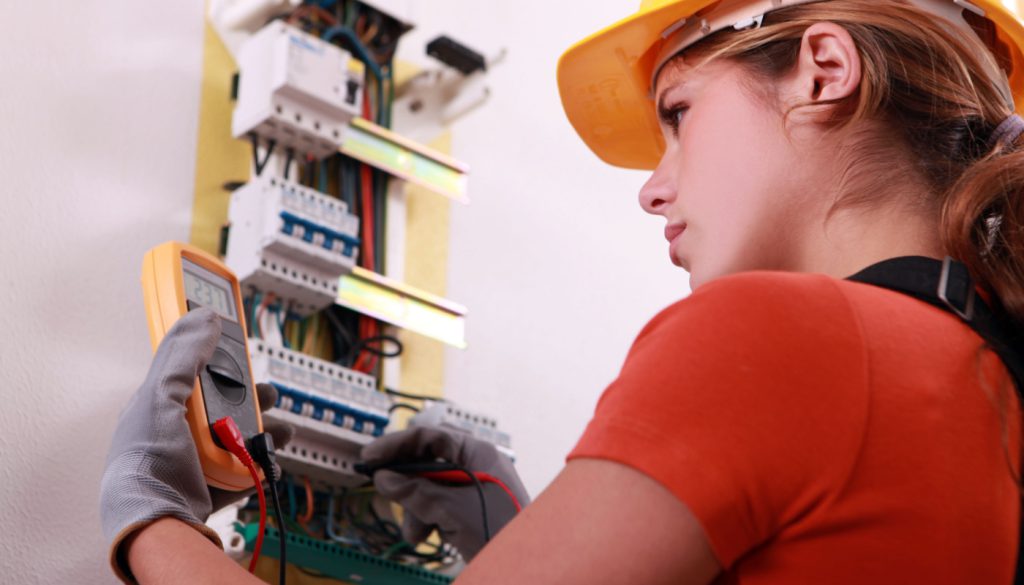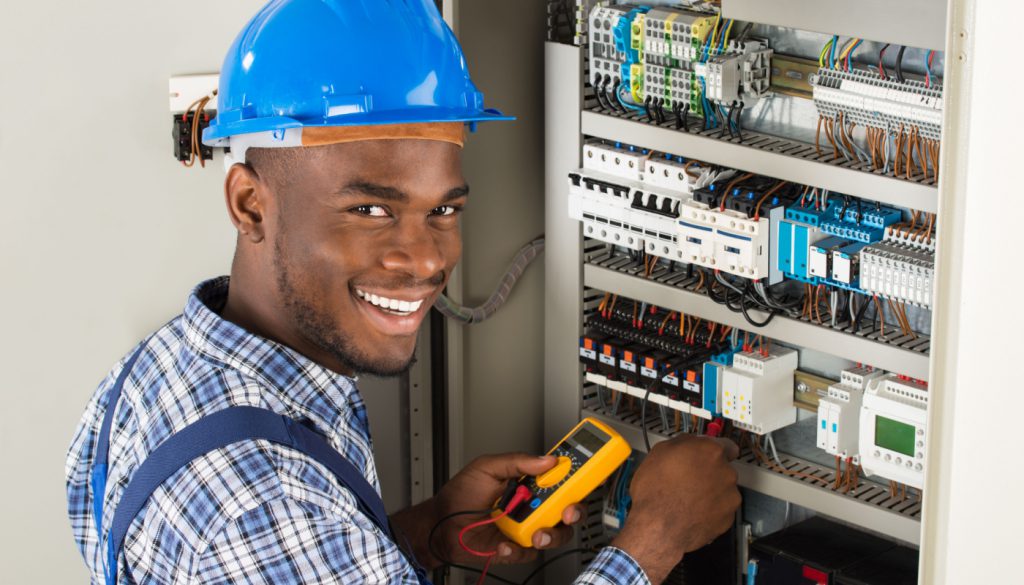How Unions Can Fix the Electrician Shortage

Ken Green
CEO & Founder
UnionTrack
There’s a shortage of electricians in the U.S.
According to the Bureau of Labor Statistics (BLS), there will be about 80,000 jobs per year available for electricians over the next ten years. While retirement and job change are being cited as the main reasons for the shortage, another major factor contributing to the crisis is the country’s transition from a reliance on fossil fuels power to electric power.
Electricians will be necessary to carry out infrastructure upgrades needed to meet America’s clean energy goals. Such work includes installing solar panels, building electrical vehicle (EV) charging stations, and upgrading homes and buildings with electric-powered appliances and systems.
“It’s going to be the electrification worker, the electricians, that are going to see a real surge in demand,” says Panama Bartholomy, executive director of the Building Decarbonization Coalition. But companies will have a hard time meeting their need for electricians.
Why Is There an Electrician Shortage?
The younger generations are not going into the trades. Why are so many hesitating to master the skills of a trade, such as an electrician, for a career?
It’s Hard to be an Electrician
Being an electrician isn’t for everyone. It’s a challenging job that is both mentally and physically demanding, which is why many young people aren’t taking up the trade.
Duty often calls after hours, on weekends, and during holidays when most people are spending time with their families and friends. The work can also be hard on the body as electricians often have to crawl and climb into tight spaces to do their jobs. Working with electricity is also inherently dangerous. These factors combine to make it a very stressful job.
The Stigma of Trade Work
One of the biggest barriers to entry for trade work is the stigma that people who go to trade school aren’t as smart as those who go to four-year college. Trades people are often looked down upon as grunt workers who do manual labor as opposed to white collar workers who have mastered a professional skill set.
“There’s a misconception about men and women in the trades,” says Jim Snell, business manager of the Steamfitters Local 420 in Philadelphia. “Few people really understand or appreciate the level of education and training these workers receive.”
Unfortunately, that stigma is hard to break because kids often learn it from their parents.
“If you are [from] generations of family that’s going to college, you think that’s the path for the next one in line,” says Paula Bahler, workforce and apprentice manager at IEC Chesapeake. “Everybody wants an electrician, but they want somebody else’s kid to be their electrician.”
A Lack of Awareness of Trade Work Opportunities
Because parents and schools push college over trade school, many students aren’t aware of the option of trade work before they graduate high school. The “opportunities to learn about, and practice, the skilled trades are fewer and farther between than they were for our parents and grandparents,” notes the team at Hub & Spoke Institute in Fishers, Indiana.

Unions Can Help Fill The Electrician Shortage
Unions are in a position to break down these barriers and bring more workers into the trades. That begins with connecting with students in high school before they choose a career path.
Raise Awareness of Careers in the Trades
It’s all about talking to young adults early to get them curious about entering the trades and dispelling the rumors that may be keeping them from considering such a career. To reach them, unions need to be visible at school job fairs where they can promote not only the benefits of being a trades worker, like an electrician, but also the benefits of a union job.
It’s also the perfect opportunity to spread awareness about union apprenticeship programs which are critical pathways to good jobs in the trades.
Target More Women for the Trades
One of the biggest untapped labor pools for jobs in the trades is women. The BLS reports only two percent of electricians are women. “We don’t do a good job marketing ourselves as an industry in general, but particularly with women,” says Allie Perez, CMO and COO of George Plumbing Company in San Antonio, and founder of Texas Women in the Trades. Unions can help bring more females into the trades by directing recruitment efforts to them.
To engage members in these endeavors to encourage more people to become electricians, union leaders can use a tool like UnionTrack® ENGAGE® to share ideas, communicate opportunities, and coordinate outreach efforts.
Images used under license from Shutterstock.com.







